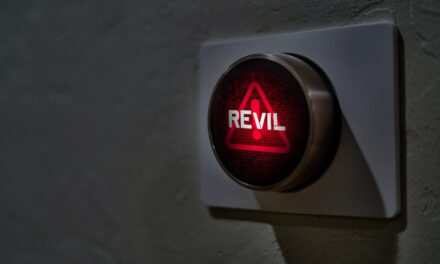Fraudsters and even state-sponsored threat actors are constantly trying to hijack compute resources secretly, for their illicit cryptocurrency mining activities
Cryptojacking is a type of cybercrime where fraudsters exploit people’s computers, cellphones, tablets, and even enterprise servers without permission to mine cryptocurrency.
The goal is profit, as is the case with many cybercrimes, but in contrast to other attacks, this one is intended to remain fully undetected by the victim.
While not as dangerous as other viruses, cryptojacking is still a real pain. Not only does it ruin your computer experience, but it can also cause problems for businesses.
Warning signs and precautions
Here are three important indicators of compromise to look out for that can help you determine if your device has been cryptojacked:
- Decreased performance:
If your digital device becomes sluggish, freezes, or even crashes, it could be struggling to keep up with secret mining operations being executed in the background. - Increased heat dissipation:
Cryptojacking can turn your computer into a tiny furnace. Even when you are just browsing the web, your device could start heating up for no apparent reason. Sneaky cryptojacking malware can hide away for months while taking advantage of your digital device’s processing power. - Unusual CPU or GPU activity:
Pay attention to how hard your device is working. If you notice the CPU or GPU suddenly going into overdrive, especially when you are not doing anything demanding, something suspicious could be happening. Cryptojacking malware often masquerades as a normal program or background task to avoid detection and can even pretend to be inactive when you check all the background processes that are running.
Notable precautions
The first step is to use anti-malware software protection. Keep your internet filters and web browser extensions updated to prevent sneaky scripts from running.
- Always keep servers up to date with the latest security patches (note some caveats here) and make sure they are protected from threat actors. Such malware often targets older, unprotected servers. By taking basic security measures like patching and closing unnecessary ports, you can make it much harder for threat actors to attack your servers.
- Get in the habit of backing up your machine(s). If the worst happens and your devices get infected, you can give them a fresh start without losing all your important files.
- Avoid visiting shady websites, use an ad blocker, and keep an eye out for the warning signs listed above.
Cryptojacking may not cause serious damage to an organization’s data; however, the mere theft of resources, piled up over time, can negatively affect network performance and the productivity of an organization.
It is therefore better to be proactive to avoid attacks altogether. Remember, no one is completely immune to these attacks, but taking these steps can significantly reduce your risks.

















